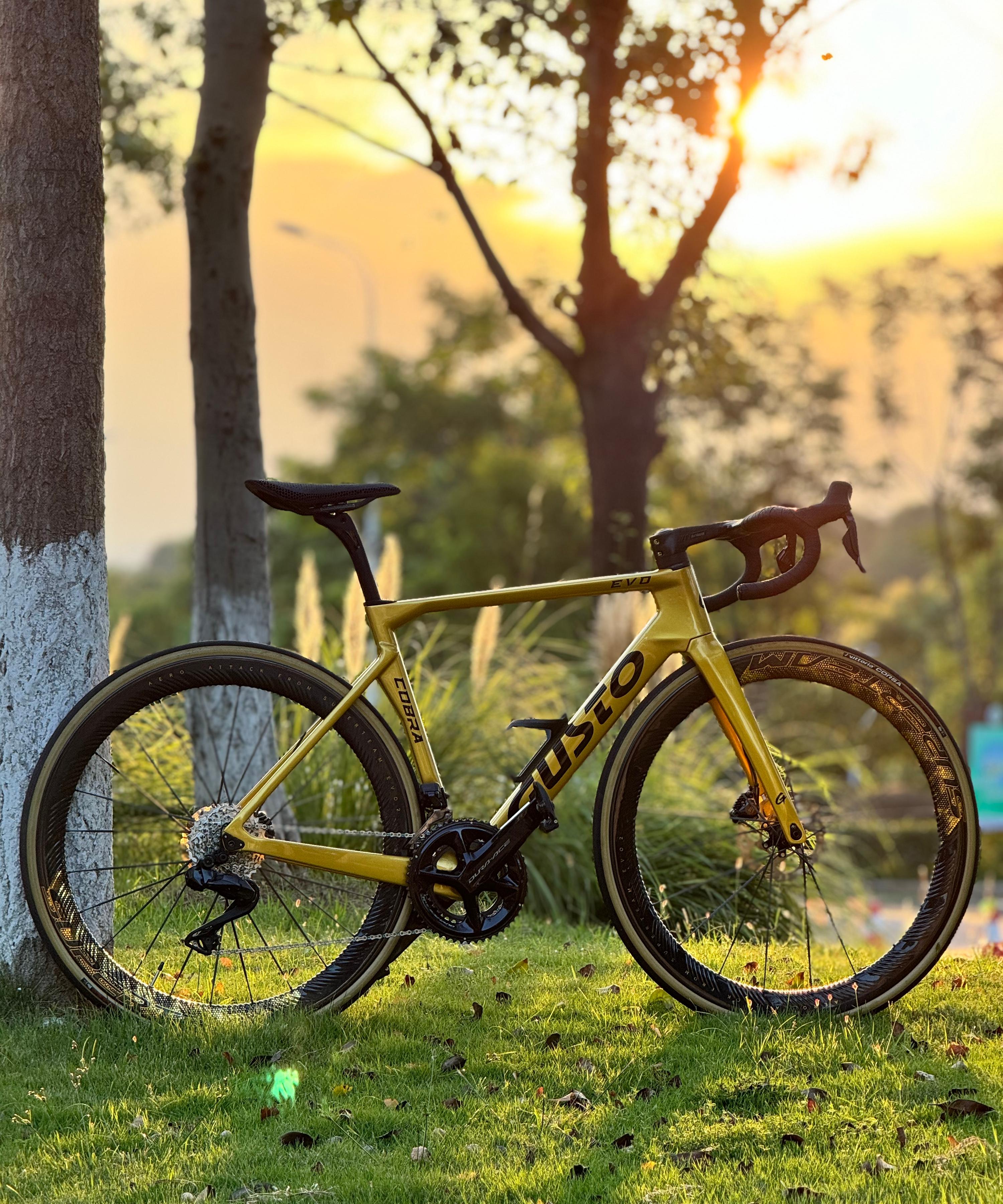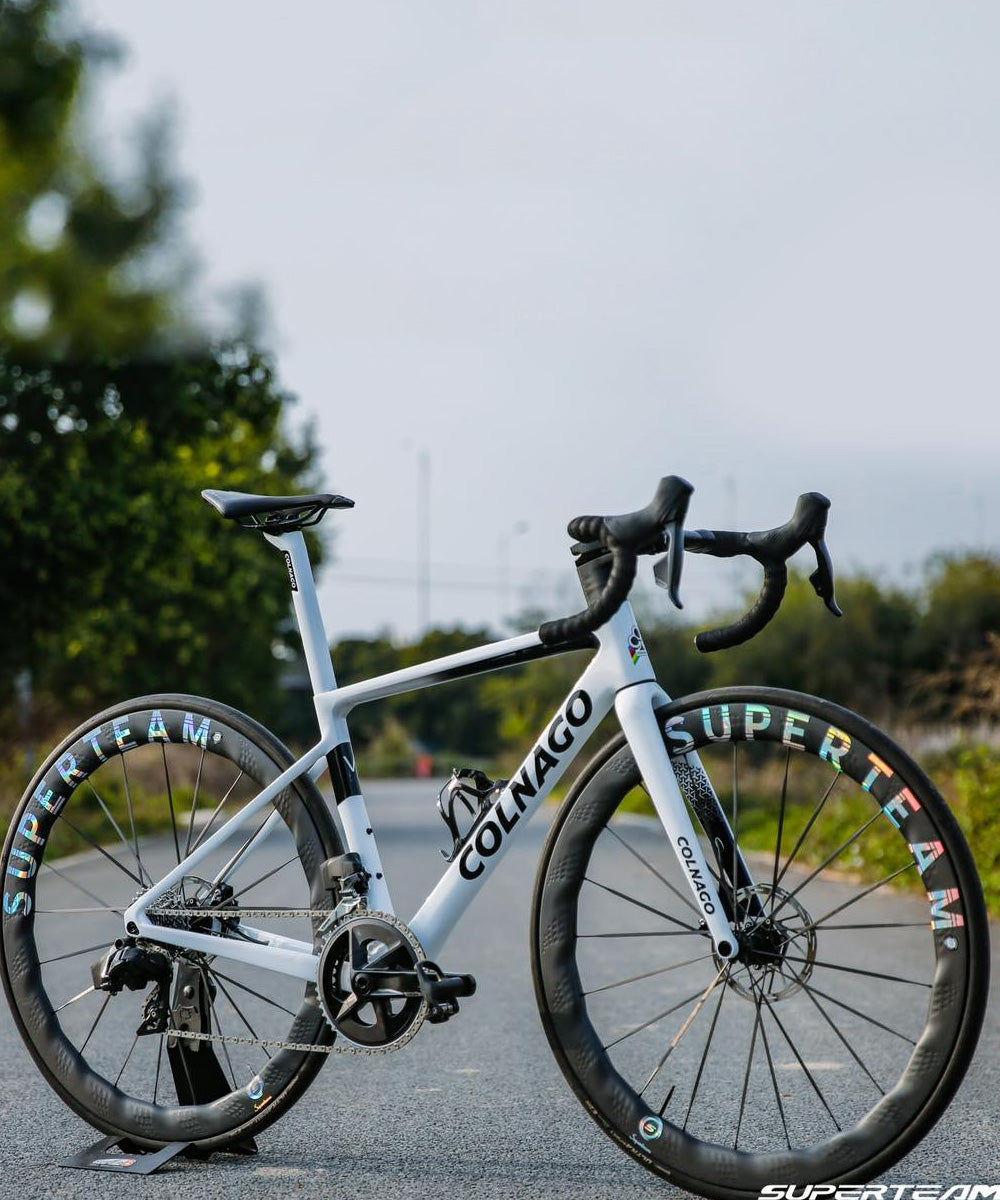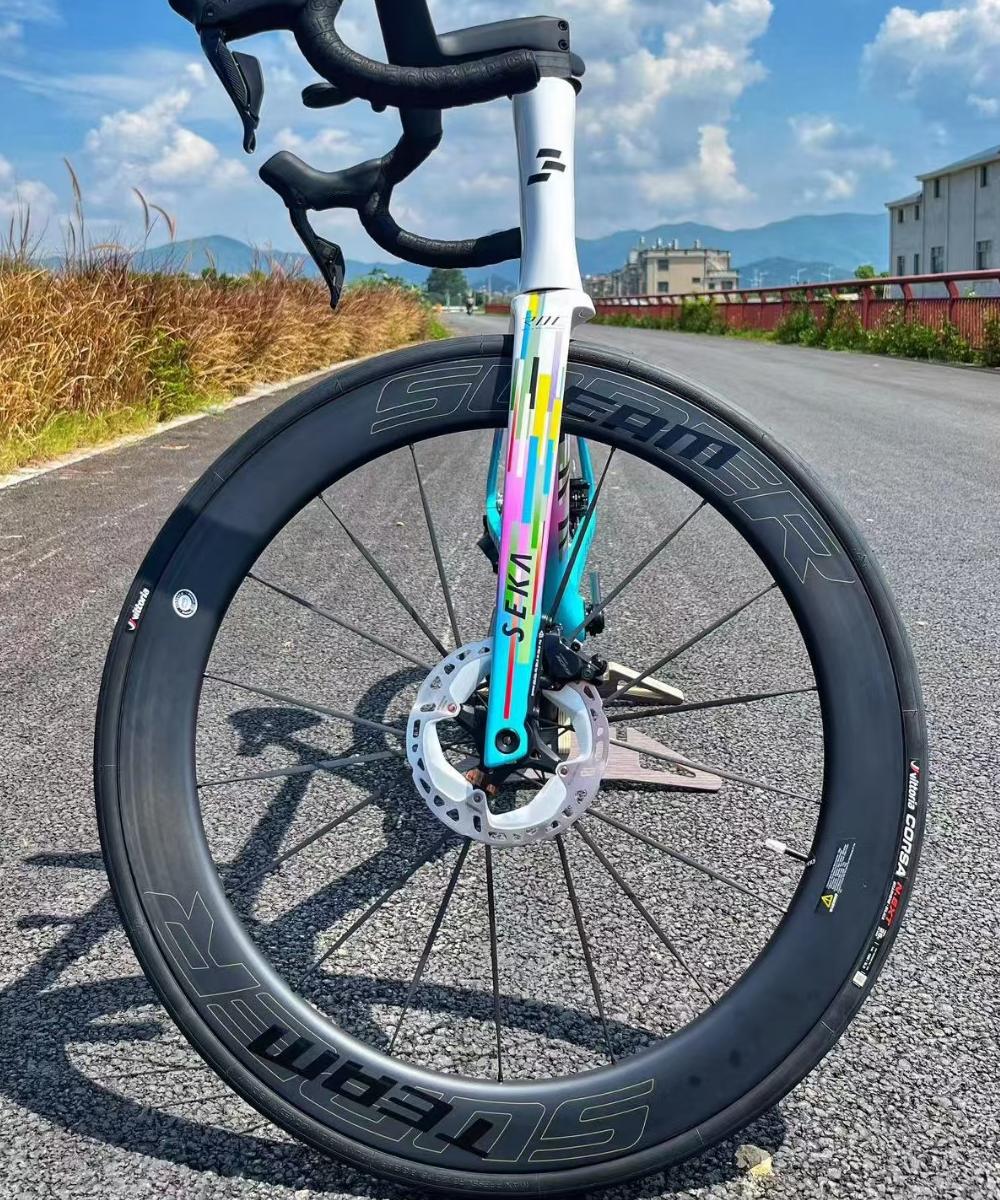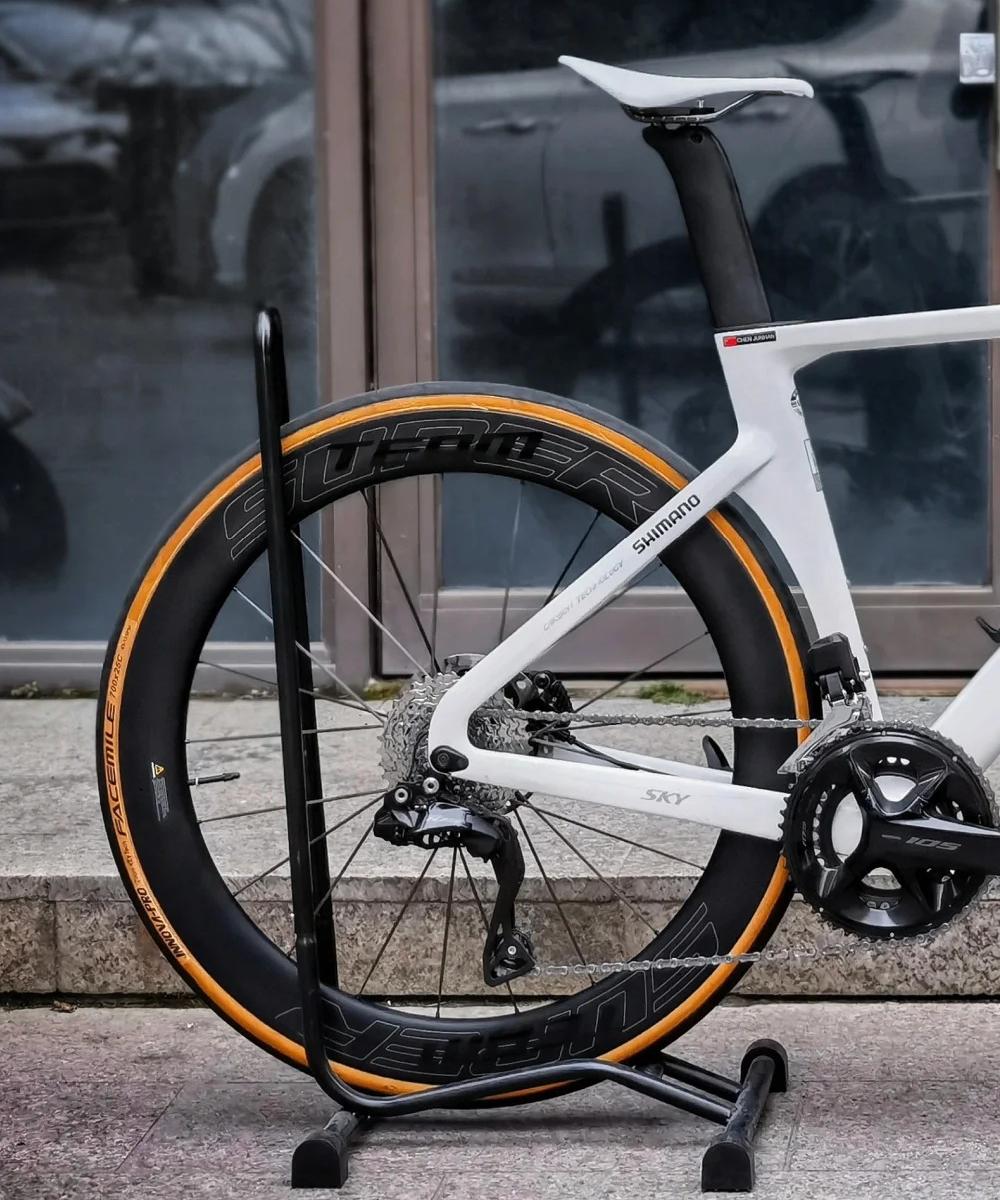Hooked vs Hookless Rims: Which Is the Better Choice?
The debate between hooked and hookless rims has become one of the most significant discussions in modern cycling. Both designs aim to balance safety, performance, and efficiency, but they approach the problem of tire retention and compatibility in very different ways. Understanding their differences helps riders make informed decisions when choosing a wheelset.
What Are Hooked Rims?
Hooked rims, also known as clincher rims with bead hooks, feature a small inward lip at the edge of the rim wall. This hook grips the tire bead, ensuring secure retention under high pressures. This traditional design has been used for decades and is compatible with both tubed and tubeless setups.
What Are Hookless Rims?
Hookless rims remove the bead hook, leaving a straight vertical rim wall. The tire bead locks against the rim through precise tolerances and wider bead contact. Hookless rims are generally lighter, easier to manufacture, and allow for stronger rim walls. They are designed mainly for tubeless setups and are becoming increasingly common, especially in gravel and mountain biking.
Advantages of Hooked Rims
The biggest strength of hooked rims is versatility. They work with a wider range of tires and can handle higher pressures, making them ideal for road riders who demand precision at 80–100 psi. They also provide added safety against tire blow-offs, especially with narrower tires.
Advantages of Hookless Rims
Hookless rims excel in strength and weight savings. Without the hook, rim walls can be made thicker and more impact-resistant—critical for gravel and off-road use where rim strikes are common. They also pair well with modern wider tubeless tires at lower pressures, offering better comfort and rolling efficiency.
Limitations of Each Design
Hooked rims tend to be slightly heavier and more expensive to manufacture. They also offer little structural benefit compared to hookless designs in wide, low-pressure applications. Hookless rims, on the other hand, are limited by tire compatibility and maximum inflation pressures. Riders must carefully match hookless rims with approved tubeless tires, as using non-compatible tires increases the risk of blow-offs.
Which Should You Choose?
For high-pressure road cycling with narrow tires, hooked rims remain the safer and more versatile choice. For gravel, endurance, and off-road riding with wider tubeless tires at lower pressures, hookless rims provide strength and efficiency benefits that are hard to ignore. Competitive cyclists often choose based on the balance between weight savings and safety margins.
Conclusion
There is no universally “better” option between hooked and hookless rims—it depends on where and how you ride. Hooked rims provide unmatched versatility and pressure range, while hookless rims deliver strength and efficiency in modern tubeless setups. The right choice comes down to your terrain, tire preferences, and performance priorities.




